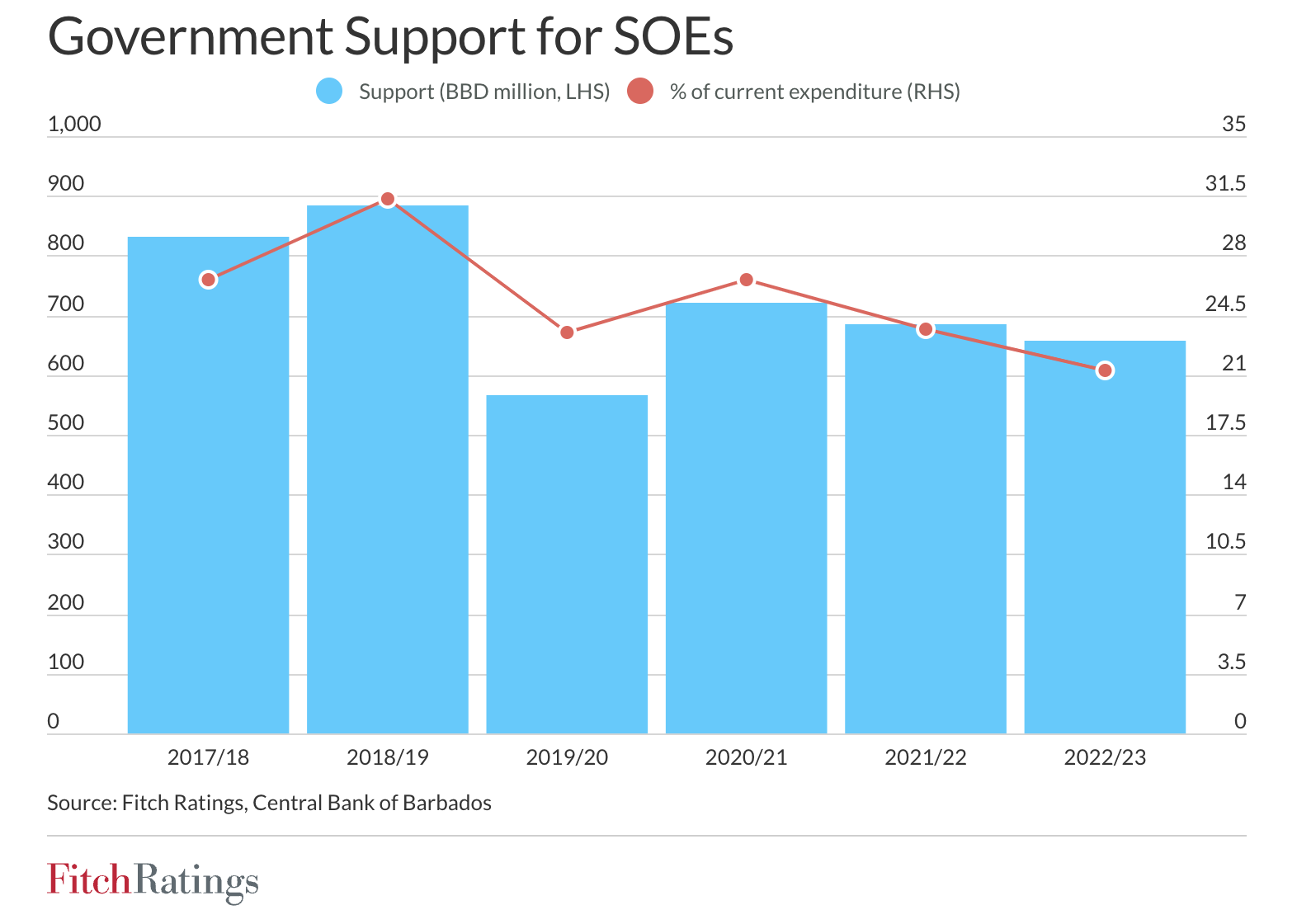Thursday, August 2, 2007
Barbadian Marine Habitat Under Fire… Ocean Park – A Place Where Fish are Taken to Die? (PG-13: Death, Animal disfigurement)
Every now and then a story just falls like manna from the sky PLOP into your lap, and this is such a doozy! How do you react when a supposedly revered institution is no more than a tiburon in Nemo‘s scales? I am withholding my source’s name for legal reasons but not the story itself, if you love the ocean then this is gonna hurt, these are the words of my source as they call it (Coke bottle shown in one photo to give dimension of size) –
Source: Bajan Reporter
The Letter which was received by Bajan Reporter from a source:-
It has become manifest to me over the last year that Reef Live Aquarium Park Inc. operating as Ocean Park, under guise of commitment to protecting the environment, with emphasis on marine wildlife, is in fact, systematically destroying it in an attempt to become another successful money making venture.
Evidence substantiating this claim is overwhelming. Mortality rates alone indicate that on an almost daily basis organisms, pillaged from the sea, die at Ocean Park. These include: Four-eye Butterfly fish, Goat Fish, Blue Chromis, Jaw Fish, Parrot fish, Sea Urchins, Lobsters, Helmet Conchs, Gobies, Wrasses, Flounders, French Angel Fish, High Hats, Surgeon Fish, Hamlets, Bicoloured Damsels, Oriental Sweet Lips, File Fish, Squirrel Fish and the list goes on to include, on the 1st of June, 6th of May and on the 8th of July, 2007, a Spotted Eagle Ray.
Source: Bajan Reporter
This story has been making the rounds in the blogosphere and should be of concern to the environmentalists. If many of the reports in the story are true it highlights the inability of Barbados to protect its animal life. To think that we are looking at building a world class Ocean Park facility. We look forward to an explanation from the parties concerned.




The blogmaster invites you to join the discussion.